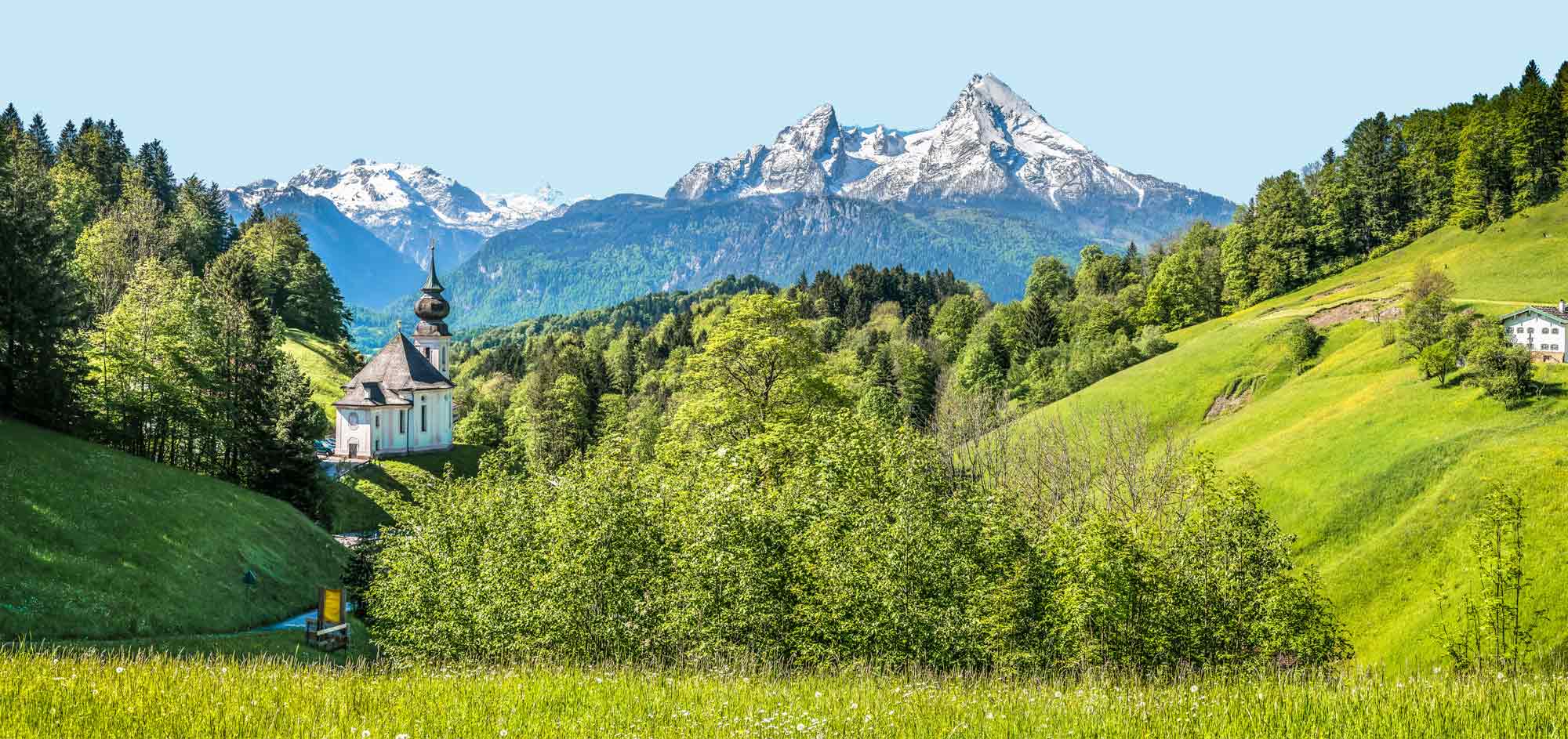"Analogue version, epoch 2, DRG, Rbd Halle, Bw Halle
In 1930, this locomotive was one of four engines to be equipped with a coal dust firing system according to Stug (Studiengesellschaft für Kohlenstaubfeuerung auf Lokomotiven). In 1958, the Reichsbahnausbesserungswerk (RAW) Cottbus transplanted the boiler of 56 2130 to the frame of 56 2644, thus giving it a second life as a coal-fired locomotive until the 1960s. Information about the model:- Completely new developments- Attention to detail- Precise constructions- Flawless technical implementation- Digital interface E24- Minimum locomotive-tender distance of 1.7 mm- Finest wheel rims of only 0.7 mm Height- Driver's cab lighting- Free-standing cables, handles and shunting stepsInformation about the prototypeOrigin and typeThe locomotives of the classes 56.1 and 56.20 were originally developments from the Prussian G12 (later Class 58).
Information about the model:
- Completely new
to detail
- Precise designs
- Impeccable technical implementation
- Digital interface E24
- Minimum locomotive tender distance of 1.7 mm
- Finest wheel rims of only 0.7 mm height
- Driver's cab lighting - Free-standing
cables, handles and shunting steps
Information on the prototype
Origin and design
The locomotives of the classes 56.1 and 56.20 were originally developments from the Prussian G12 (later Class 58).With only a little over 80 locomotives, this implementation was not yet the best variant. After switching to a twin engine, the newly developed BR 56.20 (Prussian G8.20) was able to convince. It had an axle arrangement of 1'D, which means: a running axle and four coupled wheels at the front.
Technical data
The locomotives of these classes reached a top speed of 65 km/h and had a driving wheel diameter of 1400 mm. Later conversions allowed speeds of up to 75 km/h, which meant that they could also be used for lighter passenger train services.
Deployment and stationing
The locomotive

